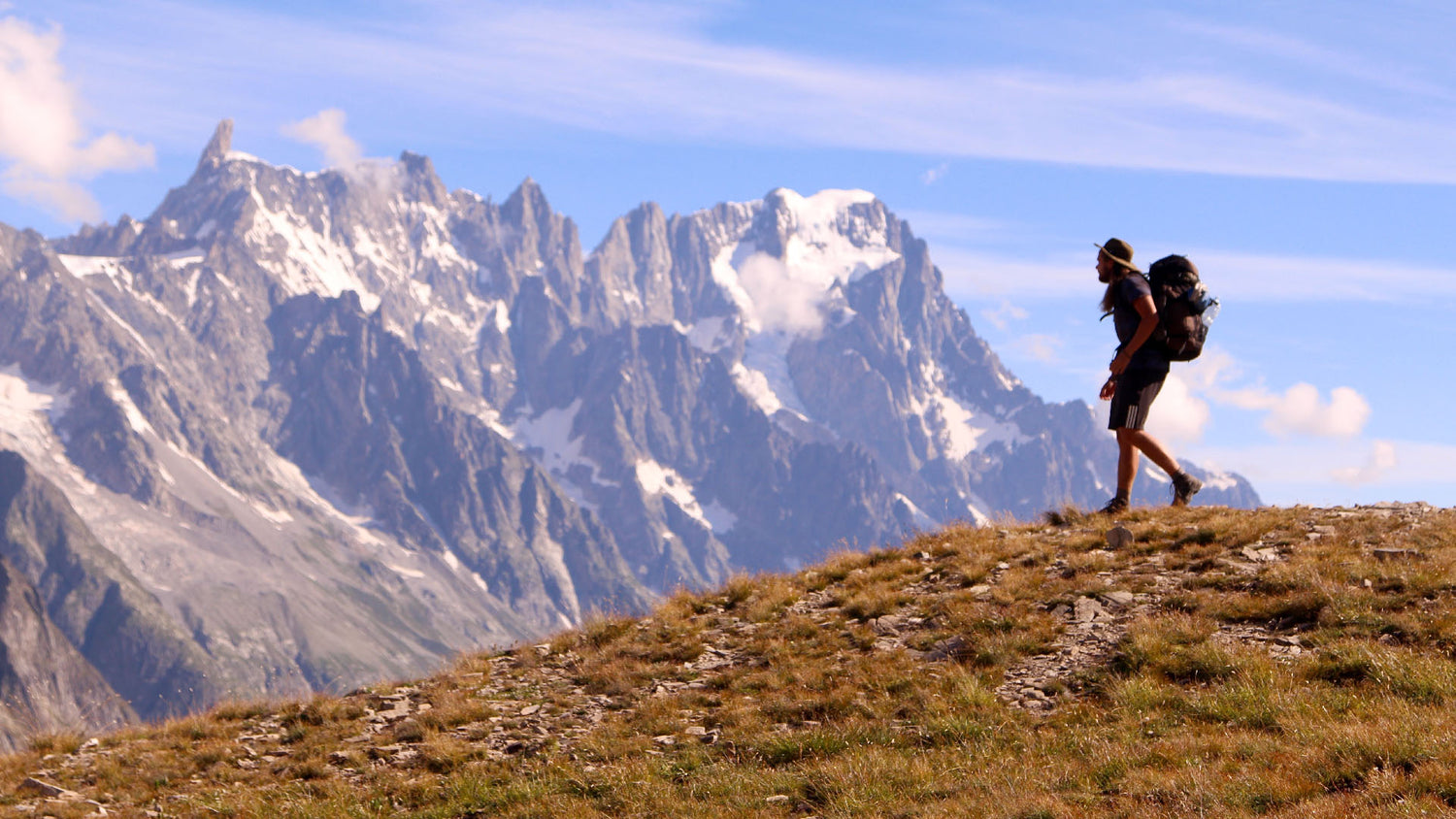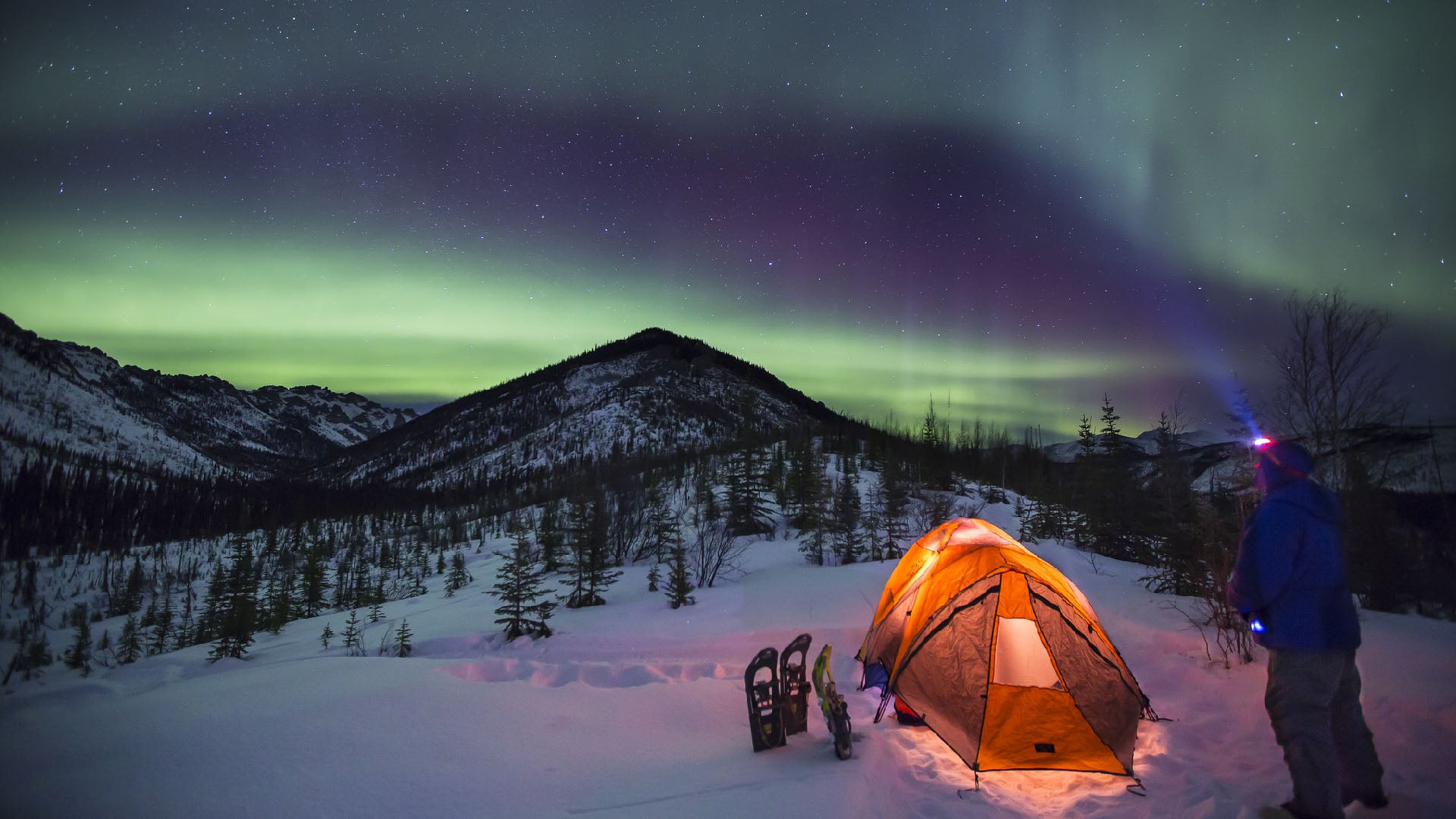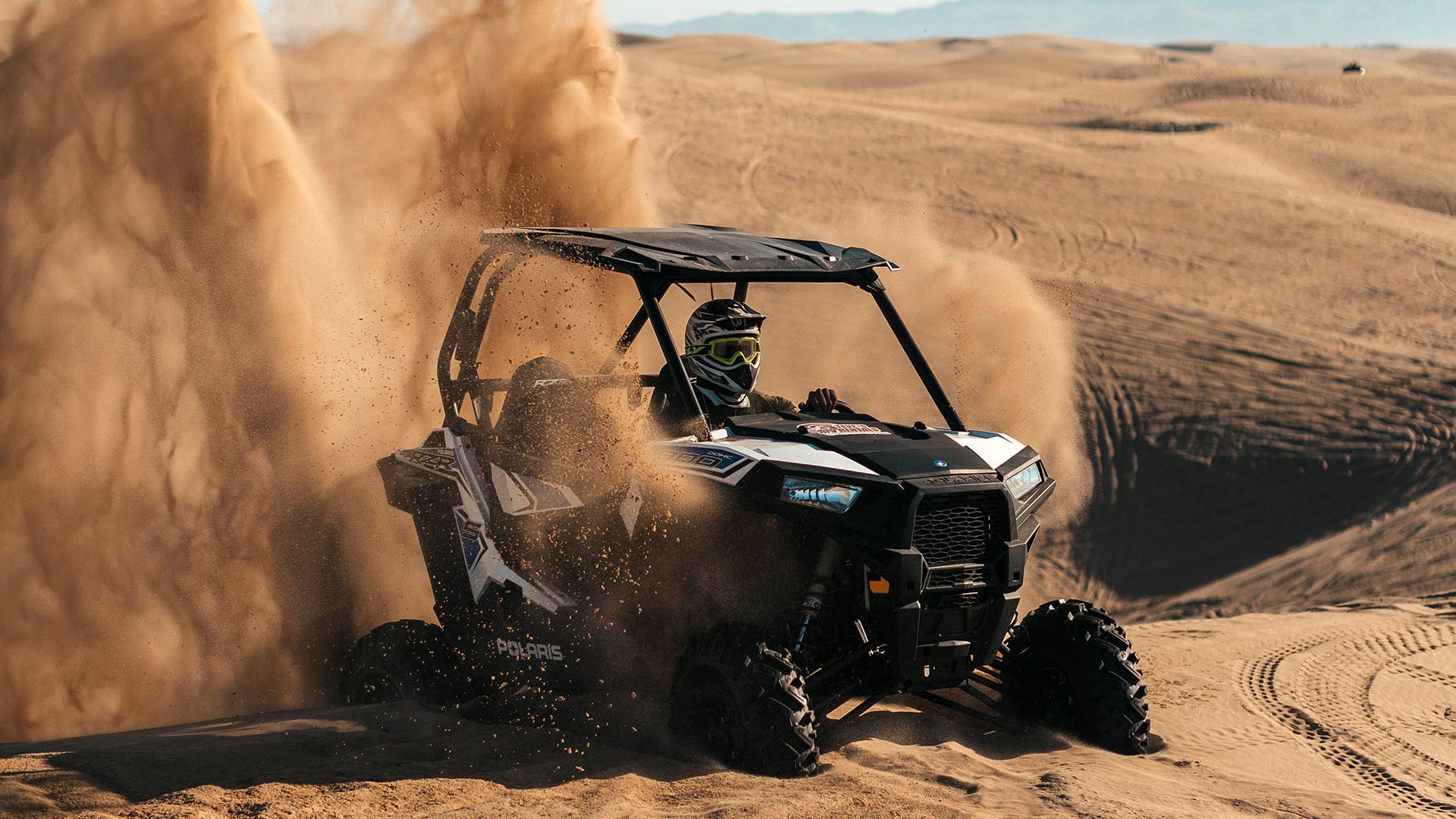In the United States there is a never-ending battle over which city or region is truly the best "mountain town," "trail city" or "outdoor heaven." East versus West, mountain access versus desert singletrack, dense forest versus world-class crags, even the local craft-brew scene comes into the debate. Europe doesn't have this problem—there’s a clear winner.
Chamonix, France is nestled at around 3,000 feet at the base of the picturesque Mont Blanc Massif and is about as close to a true outdoor heaven as a town can possibly be. Dozens of paragliders constantly fly high over town, gear shops are plentiful and diverse, buses provide abundant space for riders to stash mountain bikes, the streets are always bustling with serious mountaineers and outdoor athletes, and world-class trails are available just a few minutes from the city center. This list could go on forever and isn't only relevant in the summer—winter snow turns the town into the world capitol of big mountain skiing (but that's another story).
Chamonix's crowning attraction for adventure-seekers, though, is its location along the Tour du Mont Blanc, a 170 kilometer (105-mile) circuit that observes the massif from all sides through three countries. More of a shrine to the Alps than a simple walk in the mountains, the TMB is the definition of a Bucket List Hike.
So, why should you stick the TMB on top of your list? Here are a few good reasons.
1. The Difficulty

The trail acts as a rite of passage for those addicted to serene alpine environments, climbing to 2,500 meters five times and totaling somewhere around 30,000 feet of total elevation gain. Each section of trail is comprised of a major uphill slog, usually followed by an almost equally brutal descent. It's certainly no walk in the park, but the rewards are well worth the effort.
2. The Scenery
This one is a no-brainer. With hardly any forest cover, the mountain views are panoramic and never-ending. From almost any point along the trail there are million-dollar views of the massif's glaciers and of Mont Blanc itself. You'll want to keep your camera handy!
3. The Food
The TMB gives hikers the option to forego the "just add water" meals and incessant food daydreams that usually characterize a lengthy backpacking trip. Villages with stores and bakeries can be found almost daily, and more than 50 trail refuges offer semi-reasonable prices for hot food. Don't worry, the physical demands of the hike will erase any guilt you might have about culinary indulgences. When in Europe, right?
4. The Accessibility

Many people shy away from backcountry trips that take longer than 2-3 days, the standard time/distance threshold where the risk goes up and the ability to bail goes way down. One of the most appealing characteristics of the Tour du Mont Blanc is how accessible and well marked the trail is. The path winds around some of the most sought-after terrain in Europe, so people are always nearby and help is readily available if needed. There are plenty of points to get on or off the trail, giving hikers the flexibility to create their own itineraries. It's also possible to reserve space in the refuges each night, allowing hikers to do the entire trail with only a daypack. We strongly suggest roughing it the old fashioned way and carrying your house on your back, though.
5. The Prestige

The trail is famous for its beauty, but this fame extends far beyond some pretty pictures in a magazine. For over a decade now, Chamonix and the TMB have hosted thousands of trail runners each August for the Ultra-Trail du Mont Blanc (UTMB), which has developed into one of the most prestigious and influential ultra races in the world. Hundreds of the fastest mountain athletes flock to Chamonix weeks before the event to train for what may be their biggest race of the year. The UTMB follows the TMB counterclockwise starting and ending in Chamonix, and the fastest runners finish in under 24 hours. Knowing that the trail can be completed in such a short time is excellent motivation for thru-hikers. It would be worthwhile to schedule your hike just before the UTMB in order to participate in the festivities.
6. The People
One of the best aspects of any popular hiking destination is the people that you meet on the trail. The fact that the Tour du Mont Blanc is such a global attraction elevates this to a whole new level. On any thru-hike it would not be unusual to hear ten different languages being spoken and to see an incredible age range of people using the trail. The trail is also open to mountain bikes, so it's common to see cyclists resting on the trail's high-elevation cols before an exhilarating descent. Swapping trail stories is even more fun when your campfire pals are from all over the world.
7. The History
Most high mountain areas have a history of adventure, and the Mont Blanc Massif is no different. The first ascent of Mont Blanc was in the late 1700's, not too long after the first circumnavigation of the massif itself roughly along the Tour du Mont Blanc's path. Some of the trails that comprise today's TMB route are even older than this, though, because they follow old trade and transportation routes used for many centuries between mountain villages—some dating as far back to the days of the Roman Empire.
8. The Culture

In international travel, getting from Point A to B efficiently can sometimes restrict cultural immersion. Hiking is the perfect way to reverse that. As the trail wanders through quaint and historic hamlets in France, Italy, and Switzerland, hikers are able to gain an intimate look into local life and culture at their own pace without the distractions of modern transportation.
9. The Distance
Backpacking over mountainous terrain is tough, especially for the first few days. When a hiker is able to continue working through the soreness and discomfort on a longer trek, a new world of empowered enjoyment can be found. A thru-hike of the TMB takes 9-12 days for most hikers, giving anyone plenty of time to adapt to the terrain and to thrive in the mountains. This is the perfect distance for an international trip that calls for a full-scale adventure in a compact timeline.
10. The English

It can be nerve-wracking to travel to a place where you don't speak the language, especially for Americans who are minimally exposed to other languages. The Tour du Mont Blanc (as well as most of Europe) is a no-stress environment when it comes to communication. Sure, it's great to be able to speak the local language if possible, but English is extremely common in other parts of the world and is usually readily available along the trail. Since the TMB is an international destination, English is often the common ground that travelers find with people from other parts of the world.
Written by Matt Guenther for RootsRated and legally licensed through the Matcha publisher network. Please direct all licensing questions to legal@getmatcha.com.






1 comment
Gary Theobald
Thanks for the insight into what will be a magnificent journey.
Am scheduled to hike this Aug
.18-30 this year.
Leave a comment
All comments are moderated before being published.
This site is protected by hCaptcha and the hCaptcha Privacy Policy and Terms of Service apply.